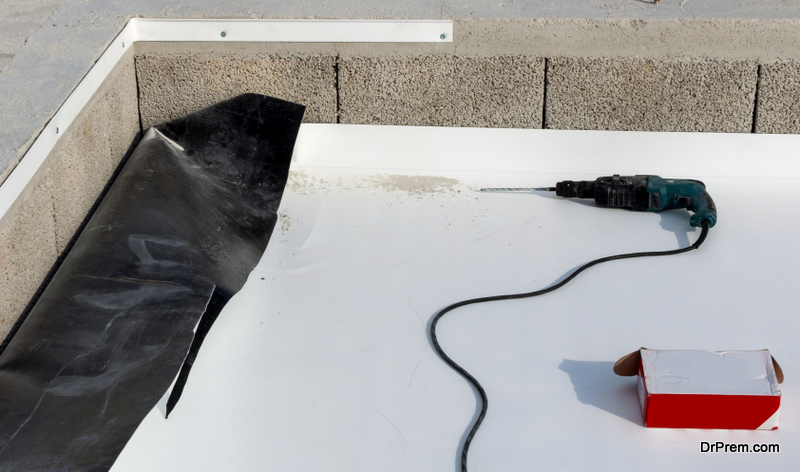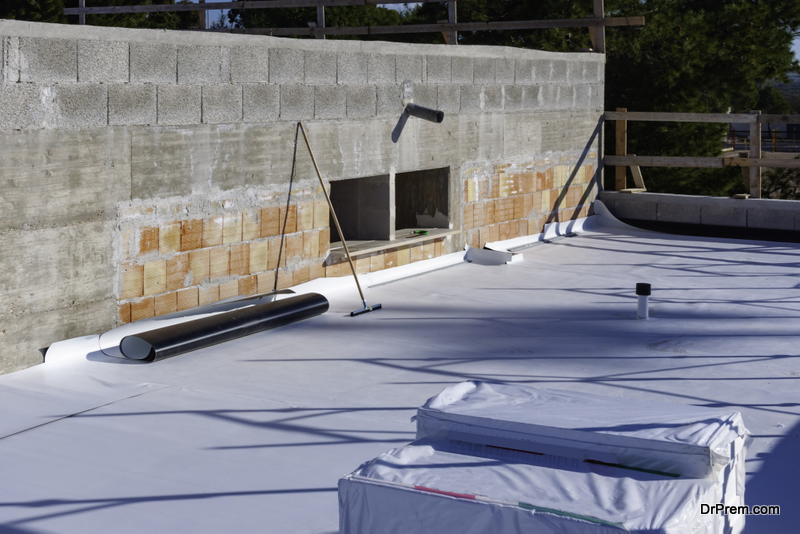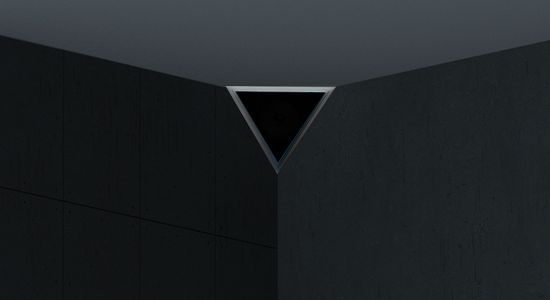What is A TPO Roofing System?
A new roofing system for your business does more than protect your wares—and your patrons—from the weather. It creates curb appeal. It saves you money on heating and cooling costs. It also affords owners the peace of mind that, for decades to come, everything underneath is going to stay safe and dry. Been thinking about having some roof work done on your own establishment? If the answer is yes, it now comes time to chew over what kind of material you’d like to go with. TPO roofing is an immensely popular choice. It’s low cost and easy to install. But what exactly are you getting into with this particular material? Before you decide to invest, read on and find out more.
TPO Defined
 TPO stands for thermoplastic polyolefin. It was originally developed—believe it or no—to line ponds, but right around the year 1990 manufacturers discovered that it worked pretty darned good as a roof, and the rest is history. The trade describes it as a single-ply membrane consisting of a polymerized mix of polypropylene and ethylene-propylene rubber. You heard that right—this thermoplastic material isn’t actually plastic at all. Roofers will attach it using strong, sticky adhesive or pop it down with sturdy fasteners. Whichever method they use, the cost will not disappoint; you can usually lay your hands on some TPO roofing for around $5 to $9 per square foot.
TPO stands for thermoplastic polyolefin. It was originally developed—believe it or no—to line ponds, but right around the year 1990 manufacturers discovered that it worked pretty darned good as a roof, and the rest is history. The trade describes it as a single-ply membrane consisting of a polymerized mix of polypropylene and ethylene-propylene rubber. You heard that right—this thermoplastic material isn’t actually plastic at all. Roofers will attach it using strong, sticky adhesive or pop it down with sturdy fasteners. Whichever method they use, the cost will not disappoint; you can usually lay your hands on some TPO roofing for around $5 to $9 per square foot.
TPO Pros and Cons

Nor is price the only thing you’re going to like here. TPO roofing can be stretched over-top an existing roof (one that’s been cleaned and smoothed out) or installed right onto the exposed roof deck. By default it also carries a bright sheen that’s not too shabby when it comes to reflecting UV rays. This means no trapped heat in the summertime, lightening the load on your air conditioner (and your electric bill). Having said as much, TPO roofing is also available in darker colors such as gray or black. Your color choice may just depend on the slope grade of the roof (TPO works best on flat or gentle slopes) along with the area’s climate.
Insulation for this system can be weak. To overcome such issues, contractors like to secure a layer of foam to the roof first. On top of that they like to place a slip-sheet which will permit the TPO membrane to expand and contract with changing temperatures. The membrane itself is rolled out in strips that overlap, forming protective layers. Now as you may have guessed, where the strips come together there are seams—and where there are seams there is the potential for structural weakness. Here the contractor will use extra caution with heat welders to make certain the seams are secure. Can’t have that brand new roof leaking, now can we? Not a chance.
So far a TPO roof seems like the perfect choice for those looking to get brand new, low-cost protection from rain, sleet, sun, and snow. However, we would be quite remiss not to point out a few caveats with the system. For starters, in terms of quality TPO varies widely. Different contractors will use different grades while charging clients the exact same price. Do make certain the roofing company you choose has a reputation for being trustworthy. Because TPO has a lot of seams (each strip is only about 8 feet wide) finding leaks can be difficult. Fixing them, too, as whole sections of the roof would need removing beforehand.
Final Words
TPO roofing is still a relatively new technique. Every year contractors are finding better ways to make it work. If you decide to use TPO for your new roof, you’ll get about 20 years’ life out of it. To find out even more about this highly progressive material, give your local roofing professional a call.
Article Submitted By Community Writer




